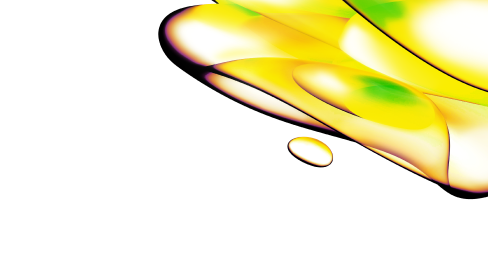Resource Center
Explore Resource Types
We have housed the technical documents (SDS, COAs, Manuals and more) in a dedicated section.
Explore all All Resources
Filters
Select resource types
Select products & services (2)
Select solutions
Active Filters (2)
Clear All
1 - 12 of 88 Results
Sort by:
Best Match
Addressing the challenges of bispecific antibody characterization with high-throughput platforms
With the complexities of bispecific antibody development and characterization explore the binding assays and technology through real-world examples
Murine NASH model could provide insights into NASH development and progression
Researchers explore a multidisciplinary approach to addressing current NAFLD and NASH challenges.
Quantifying TNFR1 in both soluble and membrane bound form using AlphaLISA technology
Quantifying TNFR1 in both soluble and membrane bound form using AlphaLISA technology
Quantitative analysis of lysine 36 demethylation with AlphaLISA
This technical note provides details on how the AlphaLISA immunodetection assay quantifies the demethylation of a biotinylated Histone H3 (21-44) peptide that is tri-methylated at lysine 36
AlphaLISA Acetyl‑Histone H3 lysine 9 (H3K9ac) cellular assay
This technical note provides information on how the AlphaLISA immunodetection assay detects variations in acetylated histone H3 lysine 9 (H3K9ac) levels within cellular extracts
Assessing AST released in a cell culture model of liver toxicity using AlphaLISA
In this technical note, we showcase the utility and advantages of using AlphaLISA assays to identify and quantify AST protein levels in cellular lysate and supernatant from a human hepatoma cell line
AlphaLISA for biomarkers in urine: Measuring the renal tubular injury indicator, β2-microglobulin
In this study, AlphaLISA™ technology is demonstrated for the first time in the complex matrix of urine, and is shown to detect the renal tubular injury marker Beta2-microglobulin (β2-microglobulin), in urine at a sensitivity
Busting high-content imaging myths
High-content imaging has become a cornerstone of life science research, providing valuable insights into cellular function and drug responses. However, as with any advanced technology, misconceptions and myths can emerge. In this article, we’ll debunk some of the most common myths surrounding high-content imaging, shedding light on its true strengths and limitations.
Inhibiting interleukin 11 signaling reduces and reverses many dangerous effects of NAFLD/NASH in mouse models
Study demonstrating that inhibiting Interleukin 11 Signaling Reduces Hepatocyte Death and Liver Fibrosis, Inflammation, and Steatosis in Mouse Models of NASH
Upscaling organoid research for sharper biological insights
To scale up, standardize and achieve greater biological insights, researchers need to rely on automation and multi-dimensional datasets.
Designing your own AlphaLISA assay: Selecting toolbox bead pairs to avoid potential bead-bead interactions
This technical note provides recommendations on bead pairings, highlighting host species of antibodies on each toolbox bead, along with data generated in the absence of analyte and other assay components.
VICTOR Nivo multimode plate reader: performance, flexibility, and reliability for today’s laboratory needs
The VICTOR Nivo multimode plate reader gives you the flexibility of a monochromator, with the high sensitivity of a filter-based plate reader. It provides you with wavelengths for many applications.


Looking for technical documents?
Find the technical documents you need, ASAP, in our easy-to-search library.




























